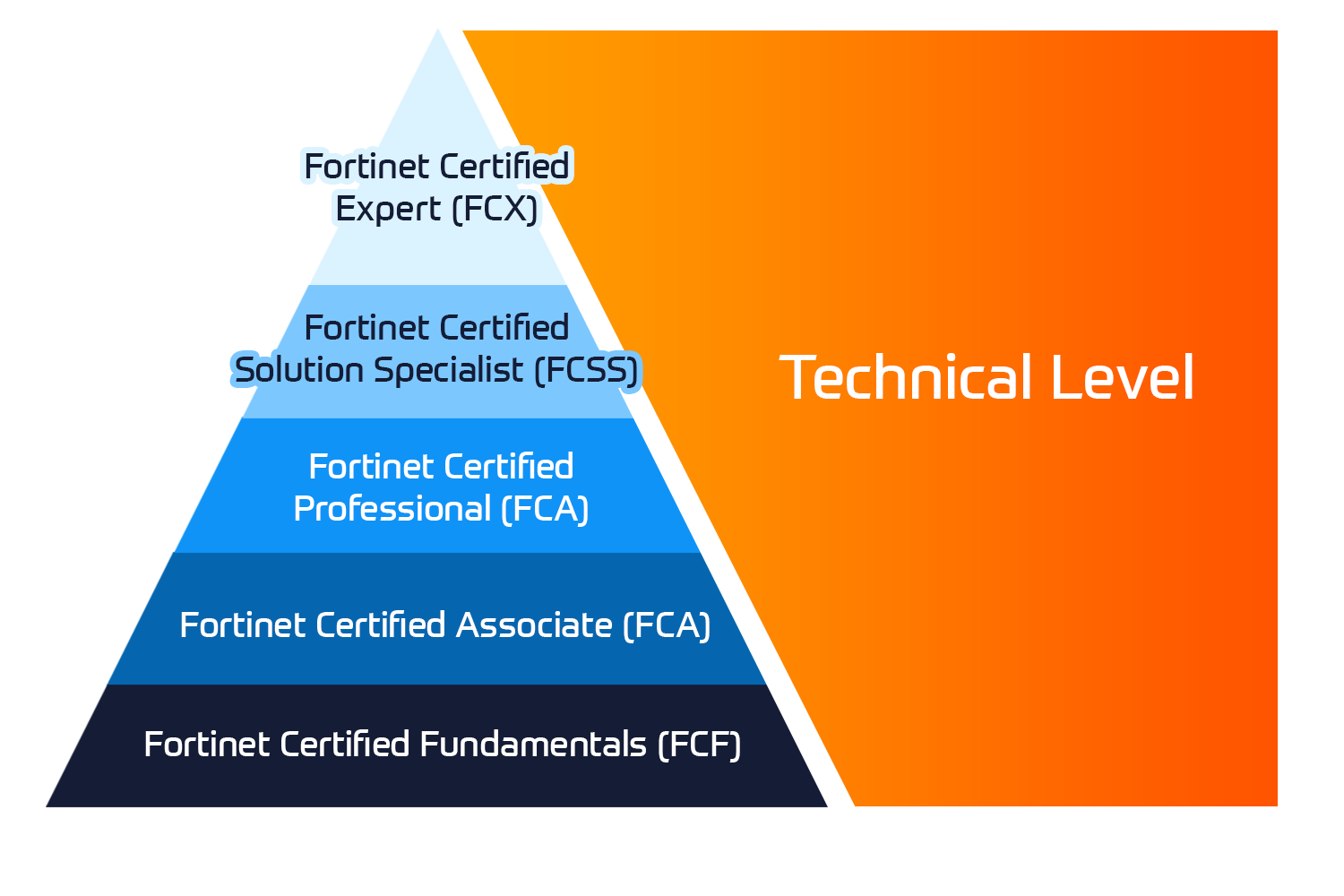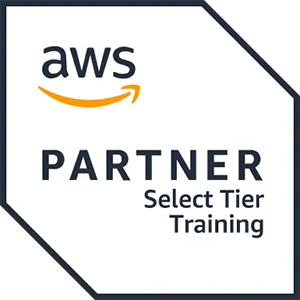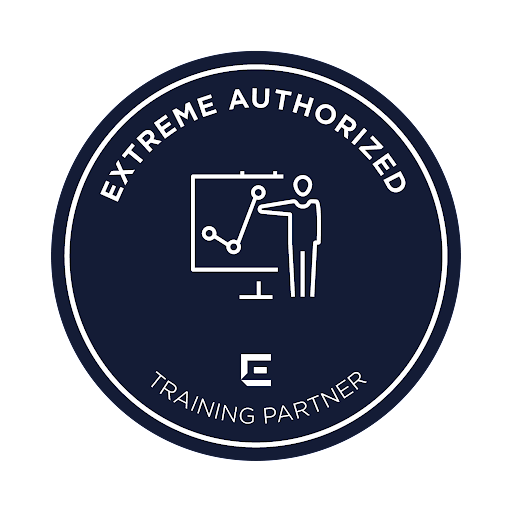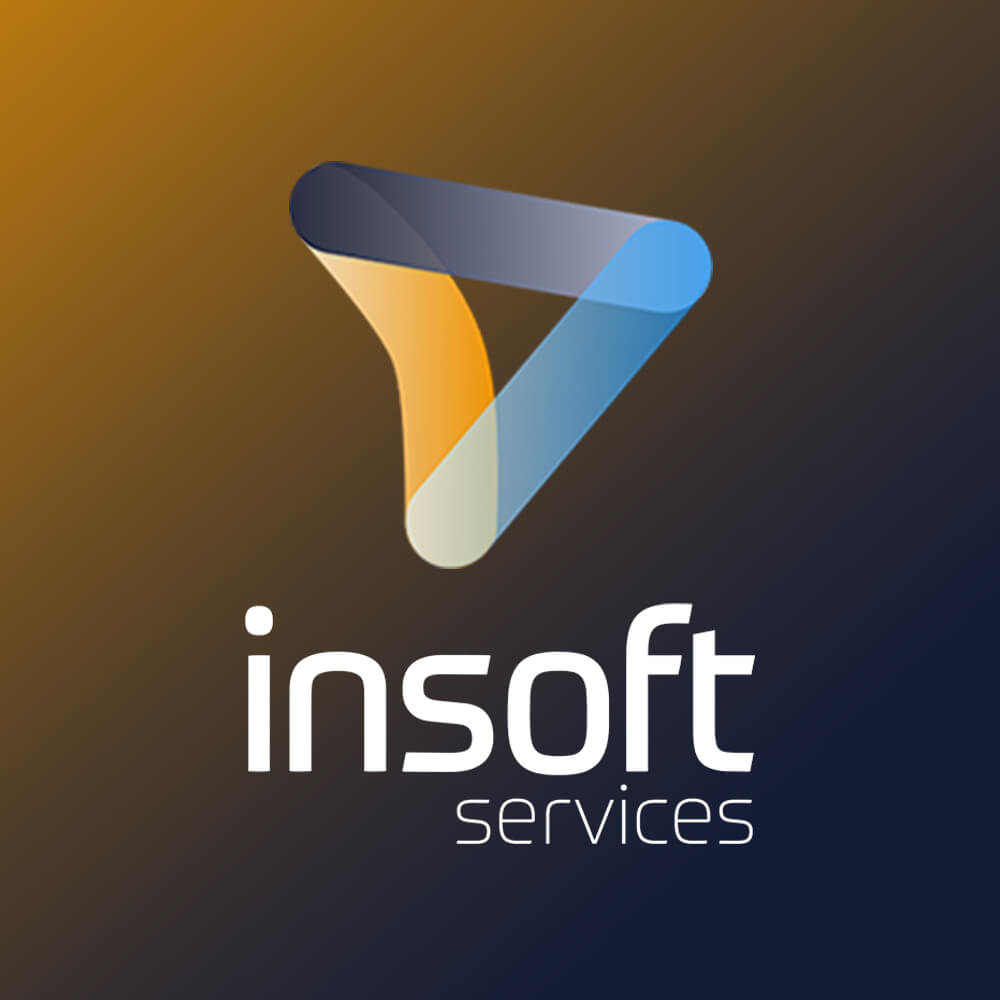- Produce a high-level design that accounts for requirements for cloud environments.
- Configure and deploy the cloud fabric.
- Configure a PXE server, an update server, and a software update baseline.
- Configure Microsoft Server Application Virtualization (App-V) so that it can be used to sequence and deploy an application virtually.
- Build the core components necessary for delivering services on the fabric.
- Allocate resources to a cloud and grant access to a cloud.
- Understand how to monitor clouds using Operations Manager.
- Understand the tools necessary to extend and customize Operations Manager for cloud environments.
- Set up, configure, and integrate the core components of Service Manager into a cloud fabric.
- Configure a service catalog, and then publish it to the Self-Service Portal.
- Gain the knowledge necessary to deploy and configure Data Protection Manager in a cloud.
- Deploy and configure Orchestrator in a cloud, and then integrate it with other System Center components.
The correspondent training has been retired.

 United Kingdom
United Kingdom Germany
Germany Denmark
Denmark Sweden
Sweden Italy
Italy Netherlands
Netherlands Norway
Norway 

















 Kesto
Kesto  Toimitus
Toimitus  Hinta
Hinta